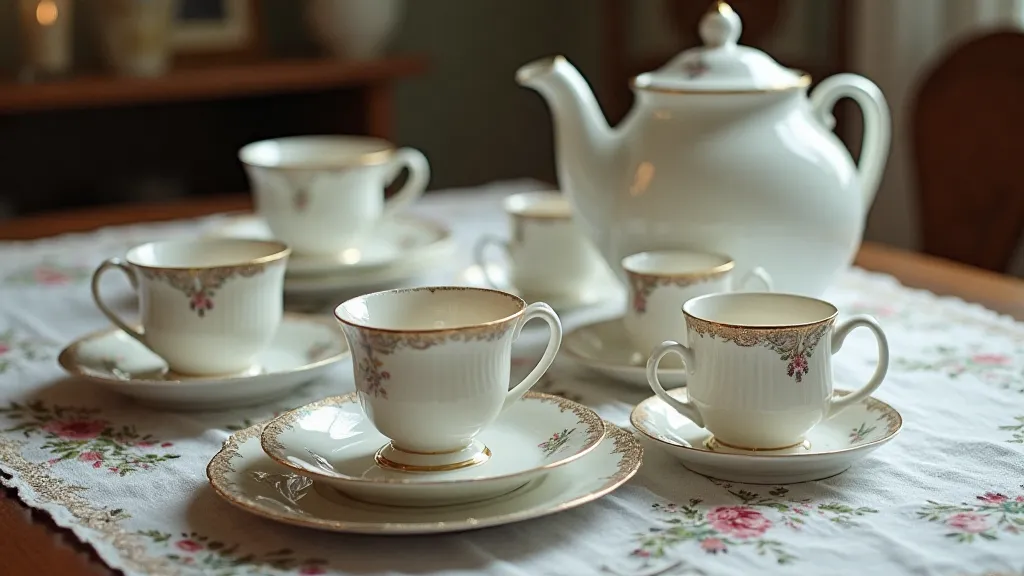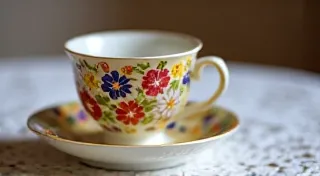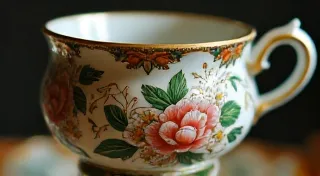Dresden China: Recognizing the Beauty and Identifying Marks
Dresden china, renowned for its exquisite artistry and delicate beauty, holds a special place in the world of antique collectibles. Originating from Dresden, Germany (formerly Meissen), these pieces represent a pinnacle of European porcelain craftsmanship. Identifying genuine Dresden pieces requires a keen eye and an understanding of the history, characteristic designs, and distinctive marks used by the Meissen factory and its imitators.
A History of Excellence
The Meissen Porcelain Manufactory, founded in 1708, is the true origin of what is commonly referred to as "Dresden china." Johann Friedrich Böttger, under the patronage of Augustus the Strong, successfully produced porcelain independently of China, marking a significant milestone in European ceramics. The initial productions were often simple, but over time, the factory developed increasingly elaborate designs and techniques, attracting the finest artists and contributing to the legacy of Dresden china.
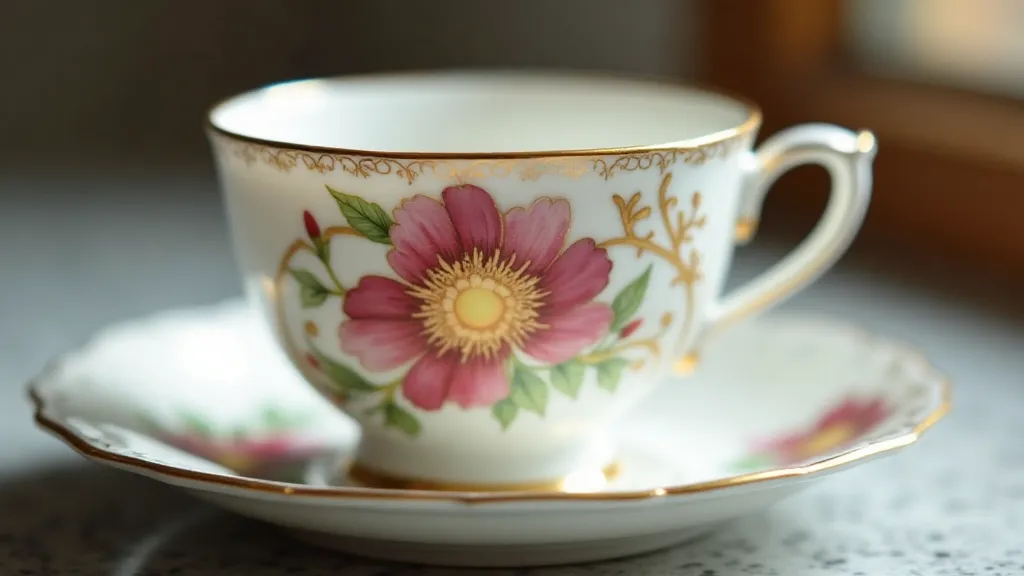
Key Characteristics of Dresden China
Several hallmarks can help identify authentic Dresden china:
- Elaborate Decoration: Dresden china is famous for its incredibly detailed hand-painted scenes, often depicting romantic landscapes, pastoral scenes, portraits of nobility, or elaborate floral arrangements. The level of detail is usually quite remarkable.
- Gilded Accents: Generous use of gold (or gold-looking) is characteristic. Expect intricate gilded rims, handles, and decorative elements. The quality of the gilding itself is a sign of higher quality pieces.
- Figural Elements: Many Dresden pieces feature three-dimensional figural elements, such as cherubs, birds, or flowers, molded onto the surface.
- Translucency: Genuine Dresden porcelain is known for its remarkable translucency. Holding a piece up to the light should reveal a certain degree of light transmission, particularly around the thinner areas.
- Shape and Form: While styles evolved, early Dresden pieces often featured graceful, slightly curved shapes. Later pieces adopted more contemporary forms.
Identifying Marks: A Crucial Step
The marks found on Dresden china can be complex and often require careful study. Here's a breakdown of what to look for:
- Early Marks (1708-1765): These are often quite crude and include the "three dot" mark (three dots in a vertical line), the "Pseudo Marcelle" mark (a stylized "M" inside a square), or the "inline period" mark.
- The "AM" (Augustus Rex) Mark (1723-1742): A stylized "AM" inside an oval, often with the date or factory mark beneath.
- The Crossed Swords Mark (1765-present): This is the most recognizable mark, consisting of two crossed swords. The style of the swords and surrounding details can vary significantly over time and can be used to narrow down the age of the piece. Note that many manufacturers copied this mark, so its presence doesn't guarantee authenticity.
- Variations and Later Marks: Throughout the centuries, the Meissen factory introduced numerous variations on these marks. Researching specific mark styles is essential.
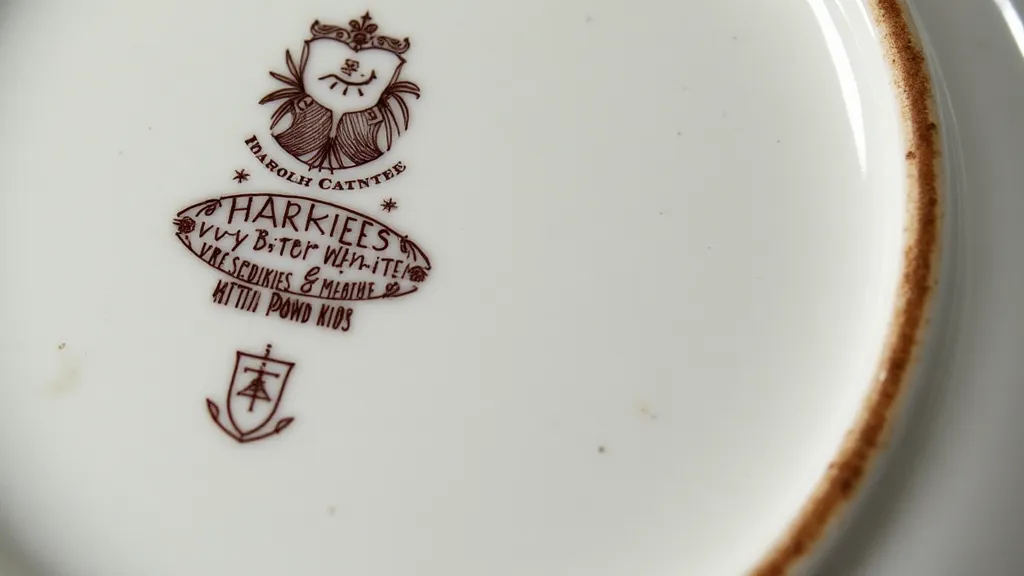
Beware of Imitations
Due to the high demand and value of Dresden china, numerous imitations have been produced over the years, particularly in the 19th and 20th centuries. These imitations often try to mimic the appearance of authentic pieces but lack the quality of the porcelain and the precision of the artistry.
Key differences to look for:
- Porcelain Quality: Imitations often use lower-grade porcelain that is less translucent and feels heavier.
- Painting Detail: The artistry of authentic Dresden china is unmatched. Imitations may have less detailed painting or a more "flat" appearance.
- Mark Quality: Imitation marks are often less precisely rendered and may lack the crispness of genuine Meissen marks.
Further Research
Identifying and valuing antique Dresden china can be a rewarding journey. Consulting specialized reference books, visiting antique dealers and auctions, and joining online forums dedicated to porcelain collecting are all valuable resources. Careful observation, attention to detail, and a bit of research will help you appreciate the beauty and history of these exquisite treasures.
